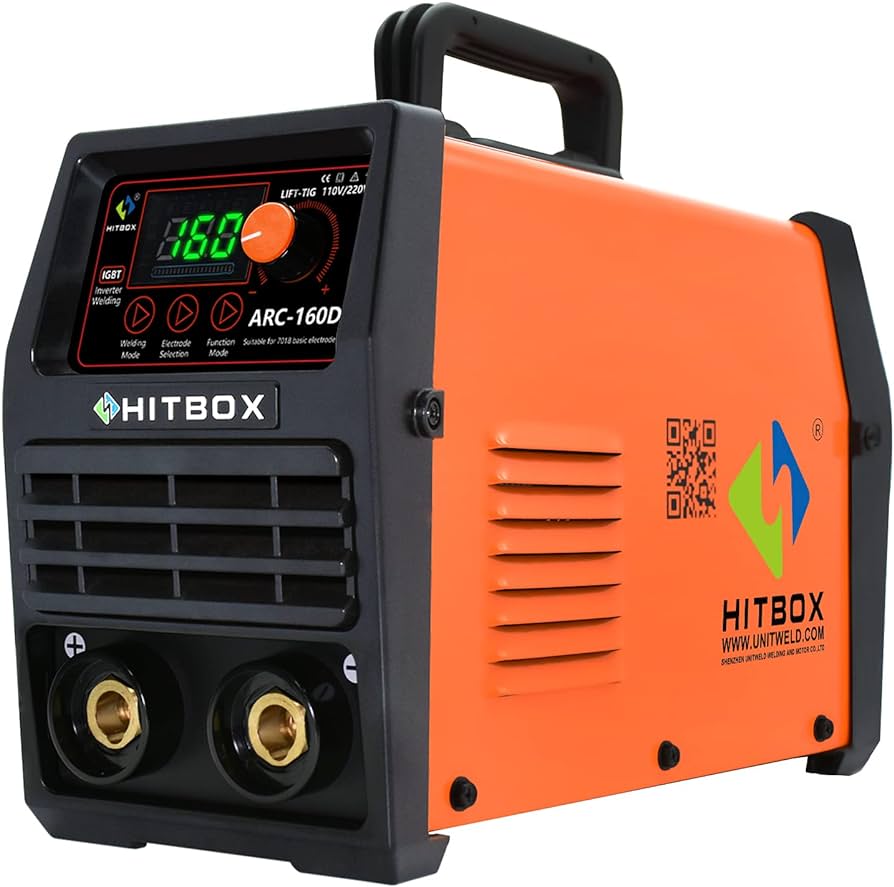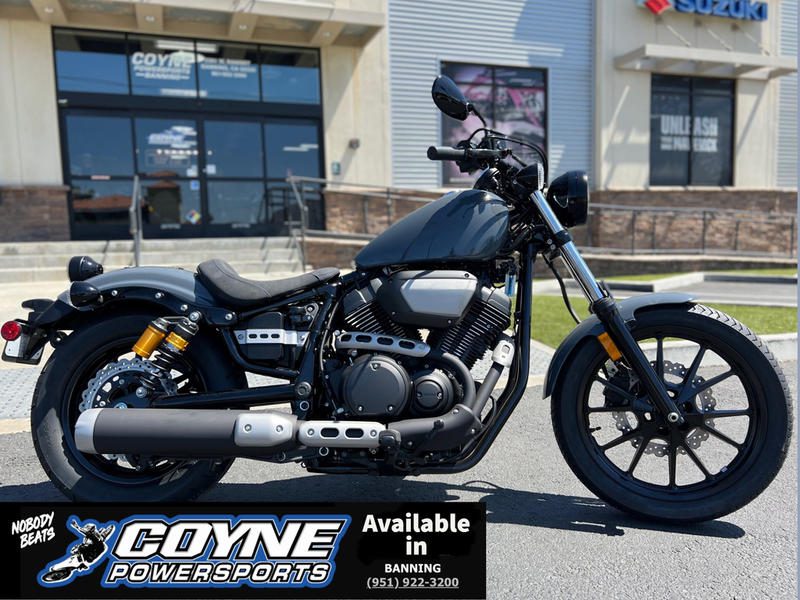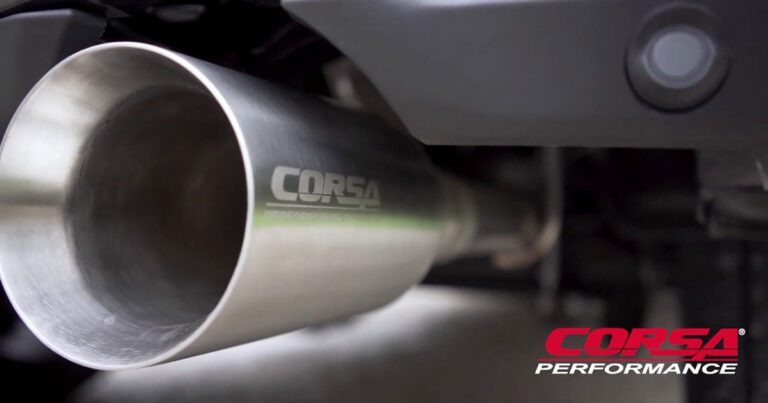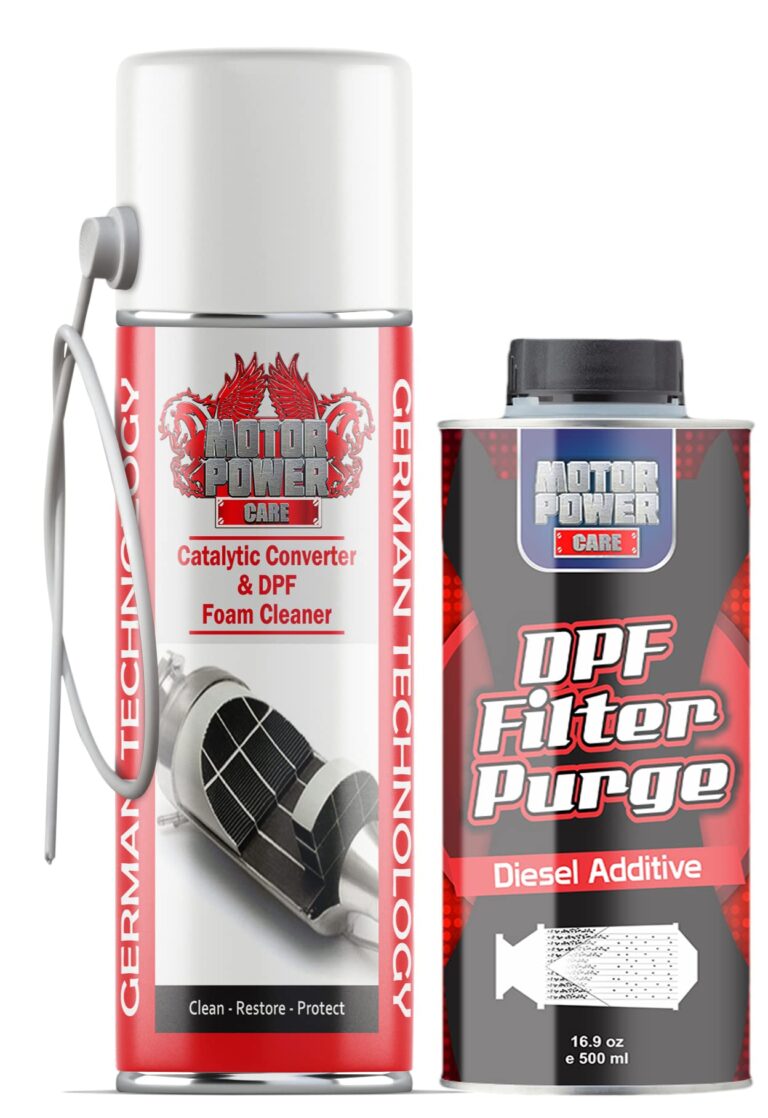Difference Mig And Tig Welding : Make a Confident Choice
MIG and TIG welding differ in their welding processes and applications. MIG welding, also known as metal inert gas welding, uses a continuous wire electrode and shielding gas to join metals together, while TIG welding, also known as tungsten inert gas welding, uses a non-consumable tungsten electrode and an inert gas to create a high-quality weld.
Both processes have their own advantages and applications, and understanding their differences is essential for choosing the right welding method for specific projects. Welding is a versatile and widely used method for joining metals together in various industries such as construction, automotive, and manufacturing.
When it comes to welding techniques, two popular methods are MIG and TIG welding. These methods differ significantly in their processes and applications. We will explore the differences between MIG and TIG welding and their respective benefits and uses. By understanding the distinctions between these two techniques, you can make an informed decision when it comes to selecting the appropriate welding method for your specific project.
Different Types Of Welding Techniques
htmlMig welding, also known as Gas Metal Arc Welding (GMAW), is a popular welding technique that uses a consumable wire electrode and a shielding gas to create an electric arc between the electrode and the workpiece. The wire electrode is continuously fed through a welding gun, melting into the weld pool and forming a strong bond between the pieces being welded. Mig welding is known for its versatility and ease of use, making it suitable for both amateur and professional welders. It is commonly used for welding thin to medium thickness metals, including steel, stainless steel, and aluminum.
Tig welding, or Gas Tungsten Arc Welding (GTAW), is a precise welding technique that uses a non-consumable tungsten electrode to create an electric arc. Unlike Mig welding, Tig welding does not require a consumable wire electrode. Instead, a separate filler rod may be used if additional material is needed. Tig welding produces high-quality, precise welds and is particularly suited for thin, delicate materials and critical applications. It is commonly used in industries such as aerospace, automotive, and fabrication. Tig welding requires more skill and practice compared to Mig welding, but it offers greater control and produces cleaner welds.

Credit: www.ebay.com
Understanding The Difference Between Mig And Tig Welding
Difference Between Mig And Tig Welding
Mig (Metal Inert Gas) and Tig (Tungsten Inert Gas) welding are both widely used in the metal fabrication industry, but they have distinct differences in terms of process, applications, and advantages.
| Mig Welding | Tig Welding |
|---|---|
| Mig welding uses a consumable wire electrode and shielding gas to create an electrical arc that melts and joins the metals together. | Tig welding uses a non-consumable tungsten electrode and a separate filler rod, if required, to create an electrical arc for precise and controlled welding. |
| Mig welding is suitable for thicker materials and high-speed production due to its faster deposition rates. | Tig welding is ideal for thinner materials, intricate designs, and precise control over the weld, making it commonly used for artistic and automotive applications. |
| Mig welding is easier to learn and more forgiving of operator errors, making it suitable for beginners. | Tig welding requires more skill and practice to master its precise control, making it preferred by experienced welders. |
| Mig welding produces a stronger, more durable weld with less distortion. | Tig welding produces a higher quality weld with excellent aesthetics and minimal spatter. |
Both Mig and Tig welding techniques have their merits and are used in various industries based on the specific requirements. Understanding their differences and advantages allows welders to choose the appropriate method for each welding project.
Factors To Consider When Choosing Between Mig And Tig Welding
Factors to Consider When Choosing Between Mig and Tig Welding
Material Type and Thickness: One of the key factors to consider when deciding between Mig and Tig welding is the material type and thickness. Mig welding is suitable for a wide range of materials, including steel, stainless steel, and aluminum. It is especially effective for thicker materials, as it provides high deposition rates. On the other hand, Tig welding is ideal for thin materials, such as sheet metal and thin-walled tubing. It offers precise control and produces clean welds with minimal distortion.
Skill Level and Experience: Another important consideration is your skill level and experience in welding. Mig welding is generally considered easier to learn and more forgiving when it comes to operator technique. It is a good choice for beginners or those with limited welding experience. Tig welding, on the other hand, requires a higher level of skill and control. It involves manually feeding the filler rod while manipulating the torch, making it more challenging and suitable for experienced welders.
Cost Considerations: Cost is also a significant factor to take into account when choosing between Mig and Tig welding. Mig welding is generally more affordable due to its higher deposition rates and faster welding speeds. It requires less setup time and consumables, making it a cost-effective option for projects that require higher production volumes. Tig welding, on the other hand, is slower and more time-consuming, requiring greater skill and precision. It also involves higher setup costs and typically requires more expensive equipment and consumables.
Material Type And Thickness
When it comes to welding different materials such as steel, aluminum, and stainless steel, both Mig and Tig welding methods have their own advantages and suitability based on the material type and thickness.
Welding Steel with Mig and Tig:
For welding steel, Mig welding is commonly used due to its ability to provide a strong and efficient weld. Mig welding uses a continuously feeding wire electrode, which melts and joins the steel pieces together. It is suitable for welding thicker steel materials.
On the other hand, Tig welding is often preferred for welding thinner steel materials. It involves using a non-consumable tungsten electrode to create the weld. Tig welding produces precise and clean welds with excellent aesthetics.
Welding Aluminum with Mig and Tig:
When it comes to aluminum welding, Mig welding is more commonly used as it offers higher productivity and ease of use. The process utilizes a spool gun to feed the aluminum wire electrode. Tig welding can also be used for aluminum but is often considered more challenging due to the material’s high heat conductivity.
Welding Stainless Steel with Mig and Tig:
For welding stainless steel, both Mig and Tig welding methods are suitable. Mig welding is often used for thicker stainless steel materials, providing fast and efficient welding. Tig welding, on the other hand, is preferred for thinner stainless steel, delivering precise and high-quality welds with excellent control.
Skill Level And Experience
htmlWhen it comes to welding techniques, Mig and Tig are two popular options to consider. Both techniques have their own unique features and benefits.
Beginner-friendly Welding Techniques
Mig welding, also known as Metal Inert Gas welding, is generally considered to be more beginner-friendly. It involves using a continuous wire electrode and a shielding gas to create a weld. The wire is fed through a welding gun, making it easier for beginners to control the welding process.
On the other hand, Tig welding, also known as Tungsten Inert Gas welding, requires more skill and precision. It involves using a tungsten electrode to create a weld, and a separate filler material is often used. The welder needs to manually control the arc and filler rod, which requires more experience and dexterity.
Advanced Welding Techniques
While Mig welding is considered more beginner-friendly, Tig welding offers greater control and precision, making it a popular choice for advanced welders. Tig welding is commonly used for welding thinner metals or when a higher quality weld is required. It allows the welder to create clean and precise welds with minimal spatter and distortion.
| Mig Welding | Tig Welding |
|---|---|
| Beginner-friendly | Advanced technique |
| Uses continuous wire electrode | Uses tungsten electrode |
| Requires a shielding gas | May require a separate shielding gas |
| Higher welding speed | Slower welding speed |
In conclusion, both Mig and Tig welding techniques have their own advantages and are suited for different skill levels and welding requirements. Mig welding is often a preferred choice for beginners due to its simplicity and ease of use, while Tig welding is more suitable for advanced welders who require precise and clean welds. Consider your skill level and the specific welding project at hand when choosing between these two techniques.
Cost Considerations
htmlCost Considerations:
Equipment Cost
One of the main factors to consider when comparing MIG and TIG welding is the equipment cost. MIG welding typically requires a welder, MIG gun, shielding gas, and a wire feeder. On the other hand, TIG welding requires a TIG torch, foot pedal or finger switch, a TIG power source, and tungsten electrodes. The initial cost of equipment for MIG welding tends to be lower compared to TIG welding, making it a more budget-friendly option for those starting out.
Consumables Cost
Another aspect to consider is the cost of consumables. In MIG welding, consumables such as welding wire and shielding gas are regularly replaced. The cost of these consumables can add up over time, particularly if welding projects are frequent. TIG welding, on the other hand, requires tungsten electrodes, which tend to have a longer lifespan compared to MIG welding consumables. This results in lower consumables cost in the long run.
Maintenance Cost
Lastly, maintenance cost also plays a role in the overall cost considerations. MIG welding equipment typically requires less maintenance compared to TIG welding equipment. TIG welding torches, for example, may need frequent replacement of parts such as collets, collet bodies, gas lens, and cups, which can increase the overall maintenance cost in the long term.
Pros And Cons Of Mig Welding
Advantages of Mig Welding:
- Mig welding is known for its ease of use, making it a popular choice for beginners and DIY enthusiasts.
- The process offers high productivity due to its fast welding speed and no need for frequent starts and stops.
- Less clean-up and minimal slag are required after the welding process, reducing post-welding work.
- Mig welding accommodates a wide range of materials and can be used on thin metals as well.
- With the use of semi-automatic or automatic machines, it allows for continuous welding and increased efficiency.
Disadvantages of Mig Welding:
- Higher upfront cost is associated with the machinery and equipment required for Mig welding.
- It may not be suitable for outdoor applications due to its sensitivity to wind and drafts, which can affect the shielding gas.
- Mig welding can result in lower weld quality compared to other methods, especially in critical applications.
- It can create spatter during the welding process, which may require additional cleaning.
- Operator skill and experience are important for achieving optimal results with Mig welding.
Pros And Cons Of Tig Welding
| Pros and Cons of Tig Welding | |
|---|---|
Advantages Of Tig Welding
|
Disadvantages Of Tig Welding
|
Making A Confident Choice: Which Welding Technique Is Right For You?
The choice between MIG (Metal Inert Gas) and TIG (Tungsten Inert Gas) welding techniques depends on various factors. For professionals, considerations should include the specific requirements of the project, such as the type of metals being welded, the thickness of the materials, and the desired strength of the welds. Professionals may also consider factors such as welding speed and efficiency, as well as the level of skill and experience required.
On the other hand, hobbyists and DIY enthusiasts can take different aspects into account. For example, MIG welding is often preferred for its ease of use and versatility, making it suitable for a wide range of projects. Additionally, MIG welding allows for faster welding speeds and can handle thicker materials. Meanwhile, TIG welding offers precise control and is ideal for projects that require intricate and clean welds.
Ultimately, when choosing between MIG and TIG welding techniques, it’s essential to consider your specific needs and requirements. Understanding the advantages and limitations of each technique can help you make a confident choice that ensures successful welding results.
Frequently Asked Questions Of Difference Mig And Tig Welding
Is A Mig Or Tig Welder Better For Beginners?
For beginners, a MIG welder is generally better due to its ease of use and versatility. It’s simpler to learn and provides faster welding speeds, making it ideal for beginners starting out. TIG welding, on the other hand, requires more skill and precision, making it better suited for experienced welders.
What Is The Advantage Of Mig Over Tig Welding?
MIG welding has the advantage of being faster and more versatile than TIG welding. It can handle thicker materials and is easier to learn and use. MIG also produces cleaner and more efficient welds, making it ideal for industrial applications.
What Is A Tig Welder Best For?
A TIG welder is best for precise and high-quality welding on thin materials like stainless steel and aluminum. It offers superior control, produces clean welds with minimal splatter, and is ideal for welding in tight spaces. Its versatility makes it popular in industries like automotive, aerospace, and electronics.
Can I Use My Mig Welder As A Tig Welder?
Yes, you can use a MIG welder as a TIG welder by using a TIG torch and a TIG kit.
Conclusion
To sum up, understanding the differences between MIG and TIG welding is crucial for anyone involved in the welding industry. Both processes have their own advantages and preferred applications, making them valuable techniques for various projects. Whether you are looking for a faster and more efficient welding method or a precise and high-quality weld, knowing the distinctions between MIG and TIG welding will enable you to achieve optimal results in your work.
Keep exploring and enhancing your welding skills to become a proficient welder.






